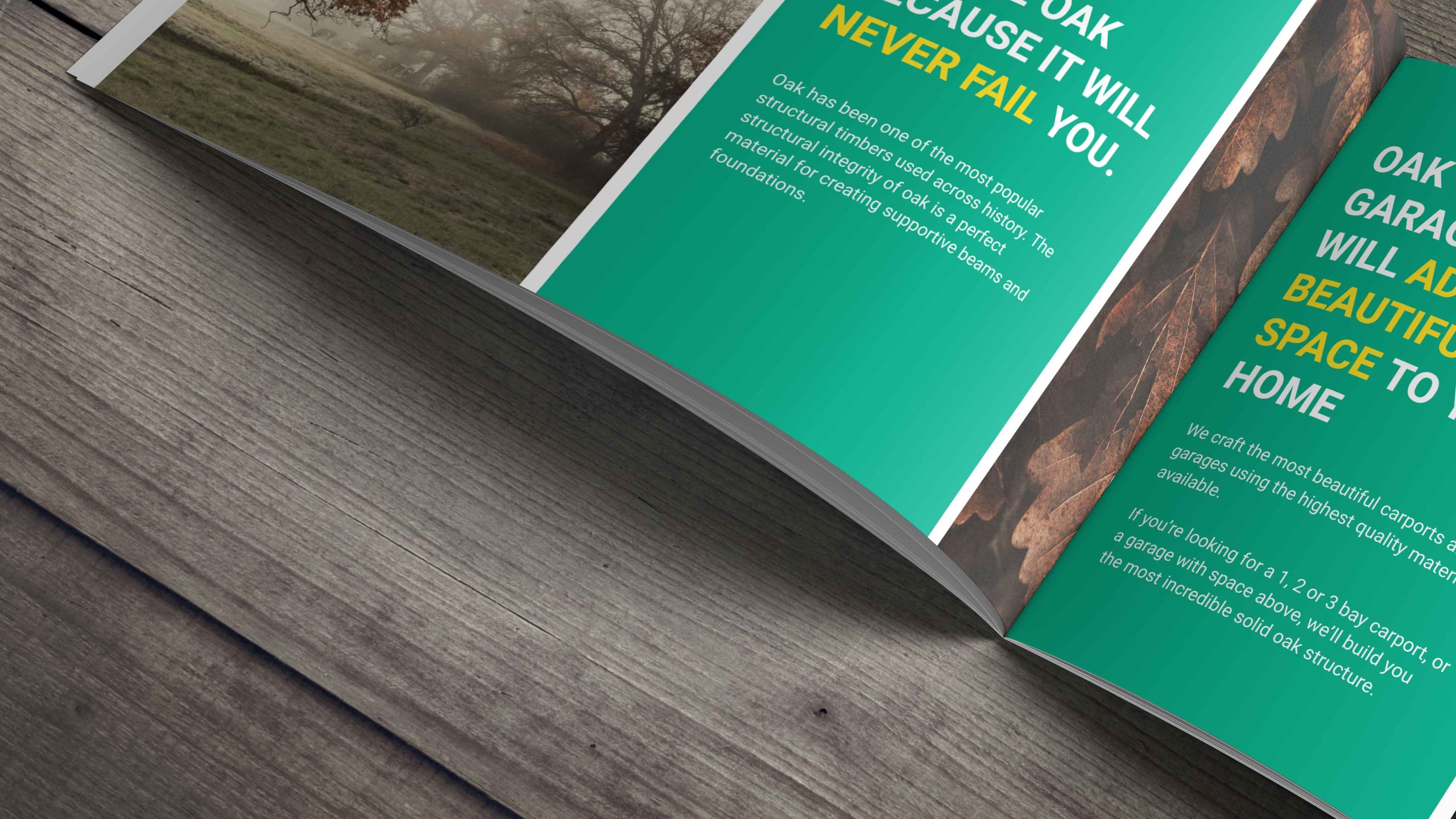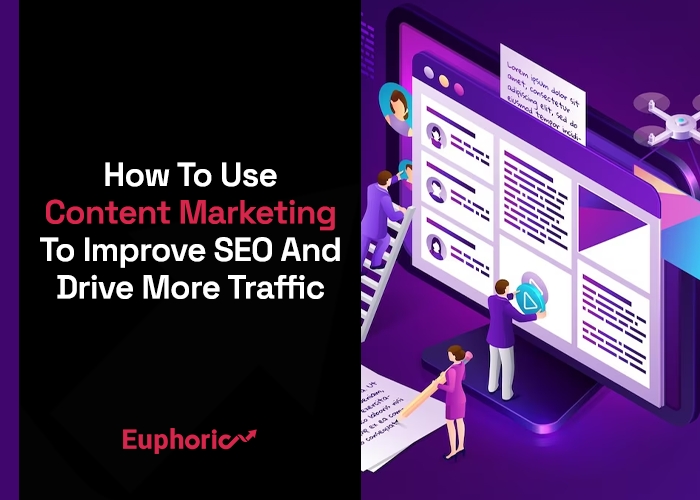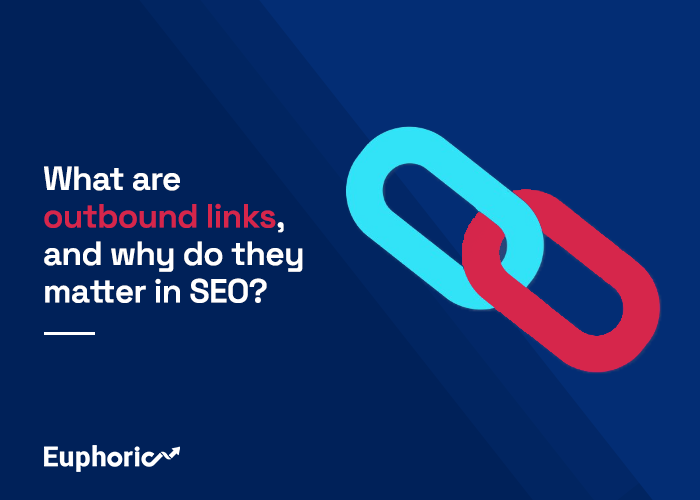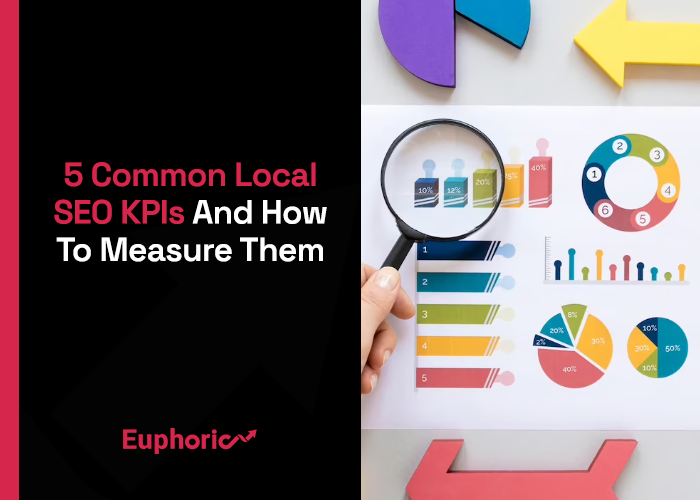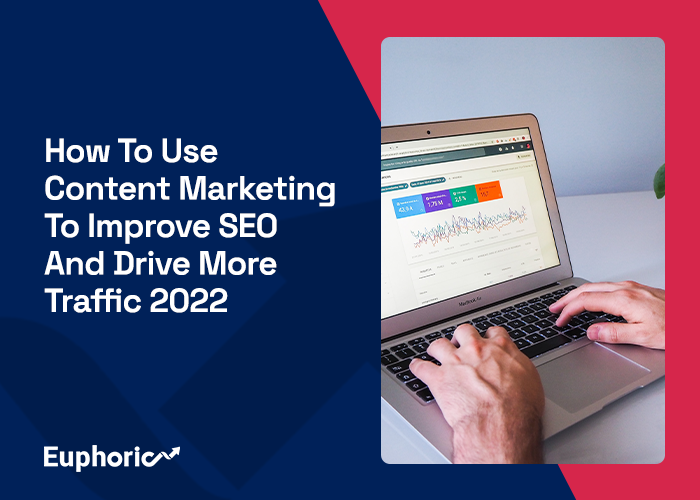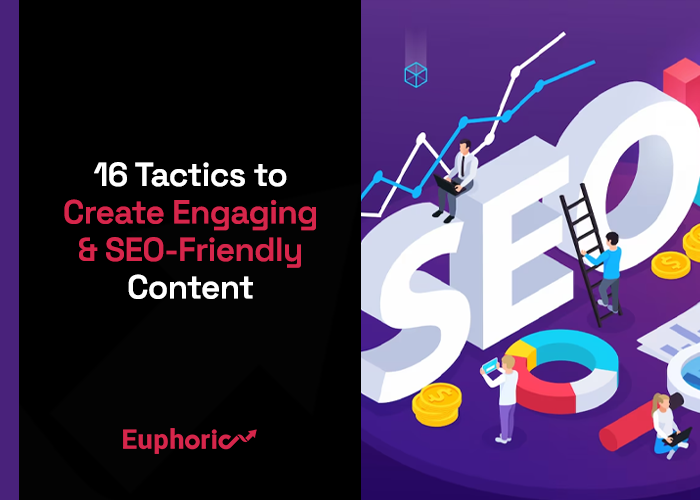16 Tactics to Create Engaging & SEO-Friendly Content
Content shouldn’t read as though it was made for machines. Creating strong online content is simple: Create for the user first, and the search engines second.
We’ve found that this is where some people struggle. Sometimes a writer is focused solely on the user without considering SEO, or vice versa.
SEO-friendly content is the best of both worlds. It considers the reader’s intended query outcome first and then the use of proper on-page SEO.
Below, Rachel shares some of her tips for success and creating engaging content your audience will love.
Rachel is continually stressing the importance of hiring strong copywriters because:
- Content engages the audience.
- The title attracts an interest; meta description builds upon this interest.
- Content ranks high for search queries and keywords through solid SEO.
- A search query is entered into a search engine with various keywords.
A business that follows the simple stages above is that searchers quickly transform from prospects and readers to customers.
Once your target audiences are exposed to engaging content consistently, they become loyal to your brand.
Now, let’s get into the 16 essential tactics Rachel uses when writing fantastic content.
These are chronologically ordered for maximum impact.
1. Keyword Research
Even in this digital age, with all the analysis tools at our disposal, content is continually being written without the proper keyword research being completed.
A good SEO strategy includes optimising each page with specifically targeted keywords.
By doing the proper research ahead of writing content, you will know what type of keyword volume is available, and you will then be able to optimise your posts or page to capitalise on that research.
Generally, the main service, product and top category pages can target the higher volumes. Then the lower or child pages can target the longer-tail keyword volumes.
Content hierarchy and keyword mapping are essential for the success of any content marketing strategy.
2. Related keyword list
You’ll also find related keywords in your keyword research.
These are the ones that, when properly implemented, demonstrate how you can make content relevant to a specific target audience and theme with their relevance toward whatever they might be searching for online at any given time.
Spend some extra effort on creating this list because it will likely become one of many crucial strategic points after we do other things like optimising more heavily towards writing instead of just SEO techniques; this helps tremendously!
3. Engaging And Optimised Title Tags Supersede Everything
You can have the best piece of content in the world, but if the title tag is not engaging, not many people will notice it on the search results pages.
First, try to use the target keyword(s) as close to the beginning of the titles as possible, and we’ve seen the best results by keeping the title to around 60 characters.
We would suggest that the title must do one or all of the following:
- Explain how to do something.
- Establish credibility.
- Engage in conversation from the reader’s perspective.
- Create curiosity.
- Outline the benefit of the product/service/content
- Outline how you can solve a problem
Also, we’ve found from our analysis two things that have proven to attract attention from a psychological perspective:
- Brackets or parentheses.
- Odd numbers.
Always put the extra effort into creating title tags that are engaging and that will resonate with the target audience. We would also suggest that you A/B test a few title tags, resulting in a higher volume of clicks.
4. Now Forget About The Keyword Research
Now that the keyword research is complete and you’ve created your headline, it’s time to focus on creating content for this article.
Put SEO out of your mind – write creatively and for your target audience.
Make a note about any related keywords or, most importantly, what theme will appear in titles when writing.
Don’t worry too much about that at this stage – keep those thoughts clear so they can come back later after finishing up with all other aspects needed before publishing anything online.
5. Consider Your Searcher’s Intent
Search intent represents what a searcher is attempting to accomplish through a query.
A user’s intent would generally end up in three sections:
- Transactional: A user seeks a specific action, such as getting a service. This user knows precisely what they are looking for, which will make the search quicker.
- Informational: These queries are for those that need to learn. Here is where I argue that most organic revenue begins. Unlike transactional content, this type of intent needs longer-form content that fuels the prospects’ learning needs and brings them into your sales funnel.
- Navigational: User seeks a specific website or location, such as looking for a brand name. You should not find a different brand name in organic search results for this query, though you may be able to bid for these terms in paid advertising.
Undisciplined SEO companies will chase keywords by volume, disregarding those with little volume or no volume.
I’m afraid that’s not right and can fall into the “vanity metrics” category. If you rank for a high-volume keyword that does not fulfil the searcher’s intent, that keyword is worthless.
Prioritise for long-tail keywords and fulfil that searcher’s intent first before thinking about chasing high-volume keywords.
And don’t stay away from keywords with zero search volume. Instead, try and search them on Google – you may be surprised at the ranking and how successful they are.
In business, it’s wise to avoid focusing on where all the competitors are. Instead, create your content where you’re the market leader.
You can do the same for your SEO content strategy and create content that will start ranking for keywords specific only to the products you’re marketing.
6. Now Write
Begin writing the first draft with one mission: explain the topic to your readers in the simplest form and try not to complicate things.
The easiest way to achieve simplicity and organisation is, to begin with a simple outline.
Draft the most critical thoughts and create your subheadings. Of course, all thoughts may change through the process, but for now, get the main ideas down that support the title.
The ideas may start slow but don’t give up. Once the mood sets in, words will flow.
Don’t worry about sloppiness or correcting facts; these can be gone through at a later point.
Instead, let the mind go and brainstorm on the screen or by handwriting. People brainstorm in different ways to find out what works for you. There is never a wrong way!
7. How To Battle Through Writer’s Block
Writer’s block is often an excuse for laziness, the fear of rejection, or the lack of focus working on the same material.
Some people would say writer’s block is a process to force creativity. There are different ideas and ways to deal with this. If ideas don’t begin, start by writing words, just the physical writing process can get the mind flowing.
These are a few tips to start the act of writing:
- Rewrite the title in paragraph form.
- Write a few URL structures.
- Retype your related keyword list.
- Brainstorm bullet points of what you want to say to someone as if you were talking to them.
- Wright a couple of ideas down
- You can always write some ideas by hand
Imagine talking to your key audience about what you have planned and how you can achieve what they are looking for, where you are planning to be in 6 months or even a year.
Make it exciting for yourself and your client.
8. Time For Organization
Always start by being organised and having a plan then you won’t feel like you are overwhelmed.
Always organise with an end in mind:
- What do you want to achieve here?
- Why would you waste time writing if there was no ending in mind?
- What is your overall mission?
As for the actual writing process, start by creating the beginning and ending before the middle. Then, find what works for you.
9. Drafting Begins
This is where it all begins, and the exciting work starts.
Your first draft may have 80% of its efforts going into 20% of the ideas that need to be explained. Cut useless thoughts and words out.
Remember, this is only your first draft and a piece of work you can look back on.
Some ideas to think about for your first draft:
- Write.
- Think 80/20.
- Repeat the process.
- Rewrite.
I’ll sometimes begin with more words than needed, rebuild, and cut again. Rebuild until it achieves everything you want to say.
10. Now Walk Away
Remember to stop and take breaks; when fogginess sets in, you need to refresh your mind.
Taking a break doesn’t mean you are doing a lousy job; it’s just time to refresh. This will also help by finishing deadlines on time as your brain will be energised.
11. Repeat Steps 9 And 10, Then Return To SEO Thinking
Repeat steps 9 and 10. Once satisfied, it’s time to return to the SEO thought process.
Start by revisiting your topic and keyword research. This will get you back into the flow of what you are doing.
Now that the challenging writing is done and thoughts/themes are explored, some related keywords will make more sense than others. Don’t worry about this, as it will make more sense in time.
Think like the reader. The keywords you’re using need to fit into the article you are working on.
12. Meta Descriptions Need As Much Energy As Revisions
Once you have your best possible draft, it’s now time to go through to write the meta description.
Though Google says it has zero impact on ranking, it can significantly impact who clicks through to your website.
Don’t spend all of that time writing just to let a meta description pass you by.
Use target and related keywords in your meta description where it makes sense. If in a search query, these keywords are bold in the meta description, which naturally attracts the eye, which can gain clicks to the website we are working towards.
Once your meta description is complete, write a “deck headline,” basically the original subheading that supports the main title.
13. Optimise, Thinking From The Top Of The Page Down
While working from the top of the page down, make sure you have made the most of the following with keywords in mind:
- URL structure.
- Title (you centred your writing around it, but sometimes that title changes).
- Descriptive image alt text, captions, and titles.
- Sub-heading and header tags. Make sure you not only optimise for keywords but make them H2, H3, etc.., tags as is logical.
14. Improve Your Internal Linking
People often forget the importance of optimising your internal/external linking for the post/page content you have created.
What happens within your text or images can do much for UX – or destroy a reader’s focus.
- Optimise internal linking. Please find the most optimal keyword or phrase and hyperlink it to an internal page of significance.
- Use external links. This is especially important if you’re in a news-related industry where content depends on the exposure of possible advertisers. A simple followed link in the text can create a strong relationship with that prospective advertiser.
Just make sure all internal/external links flow with what you’re working for, for your client.
15. Before Publishing, Revise Yet Again
Many of these SEO elements will occur once your story is uploaded into the CMS.
That’s where you’ll do your internal linking and most on-site optimisations, such as making headline tags actual headline tags and optimising your meta descriptions.
Preview your post before publishing it and proof it in this new format to ensure everything appears as you intended.
Also, it’ll show you how the article flows and allow you to check all internal SEO elements, and these include optimised header tags and internal/external links. But, of course, you don’t want any 404s, ever!
16. Final Step: Get Social Early And Often
Socialise it through every online means you have, focusing on Twitter and Facebook targeting the audience.
If you’re producing B2B content, you want to be on LinkedIn, as well.
Social media is a great way to get advertising and get the content out. Amplify your brand across every social channel that makes sense.
Summary
Don’t overthink the essential detail of content creation:
- Searchers must find the content.
- The content must engage those readers.
- The content needs to be eye-catching
- Remember whom you are targeting
For long-term success, one element can’t go on without the other. Both combine to create the most robust digital content possible – and the best solution for ROI.
This ROI compounds because strong content performs better with each organic click, whereas even the best PPC ad needs continuous investment for success.
The step-by-step points above are the roadmap for creating successful content in any business, regardless of whether it’s product or service-based
.
Are you ready to smash it online?
Euphoric is a digital marketing agency based in West Sussex.
If you want to find out how we can help you with your SEO and content marketing strategies, we would love to learn about your next project.











